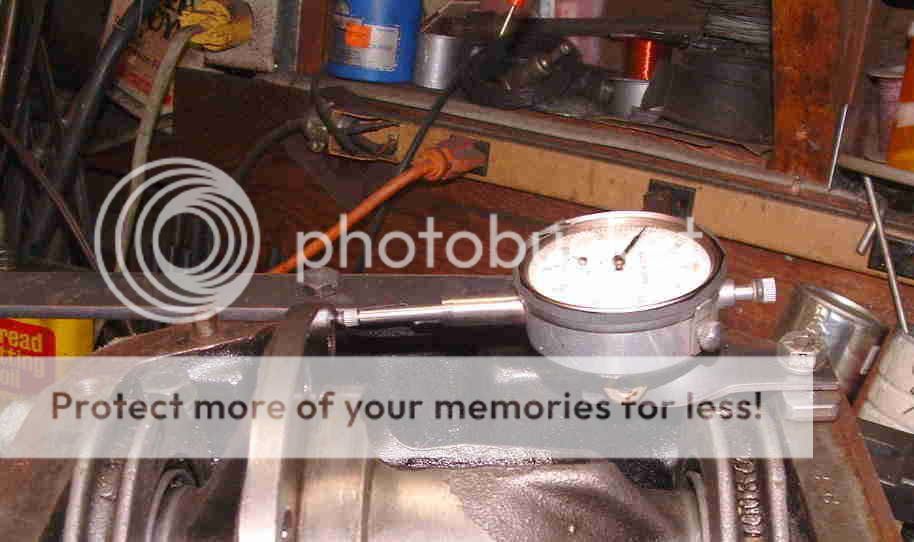Hello gents,
Im new to this site, but have read a lot of posts in search of a method for installing coil springs on a TR3. I rented a coil spring compressor but it was too long to fit in between the shock tower and the spring pan. Is there a trick to this? I thought about removing the pan and then use a floor jack to compress the pan and the spring together, but that looked a bit hairy. Any info or tips would be greatly appreciated. Also, any help in measuring the end play on the rear axle bearing without the use of a dial indicator?
Thanks!
Im new to this site, but have read a lot of posts in search of a method for installing coil springs on a TR3. I rented a coil spring compressor but it was too long to fit in between the shock tower and the spring pan. Is there a trick to this? I thought about removing the pan and then use a floor jack to compress the pan and the spring together, but that looked a bit hairy. Any info or tips would be greatly appreciated. Also, any help in measuring the end play on the rear axle bearing without the use of a dial indicator?
Thanks!

 Hi Guest!
Hi Guest!

 smilie in place of the real @
smilie in place of the real @
 Pretty Please - add it to our Events forum(s) and add to the calendar! >>
Pretty Please - add it to our Events forum(s) and add to the calendar! >> 




